Climate chaos is turning grocery shopping into financial warfare.

American families are feeling the sting of a global food crisis that’s hitting wallets harder than expected. Extreme weather events across the world have sent the prices of everything from coffee to cocoa skyrocketing, and those increases are landing directly on grocery store shelves from California to Maine.
The brutal reality is that climate change isn’t just an environmental issue anymore—it’s become an economic nightmare that’s making basic necessities unaffordable for millions of families. Recent studies show that weather disasters between 2022 and 2024 caused food price spikes that were so extreme they exceeded all historical precedent, creating a perfect storm of inflation that’s reshaping how Americans eat.
1. Coffee prices jumped 103% in the past year due to devastating crop failures.

Your morning cup of coffee has become dramatically more expensive as extreme weather hammers the world’s major coffee-producing regions. Brazil and Vietnam, which supply most of the world’s beans, have faced brutal droughts and flooding that destroyed entire harvests. According to research from Inverto, the procurement subsidiary of Boston Consulting Group, coffee prices have surged 103% over the last 12 months due to heavy rainfall and higher temperatures that devastated coffee farms across South America and Southeast Asia.
American consumers are paying the price since more than 99% of the nation’s coffee must be imported, with roughly 80% coming from Colombia and Brazil. The ripple effects reach far beyond your local coffee shop—major retailers are scrambling to absorb costs, and many smaller cafes are either raising prices dramatically or switching to lower-quality beans to stay afloat.
2. Chocolate becomes luxury item as cocoa prices explode by 280%.
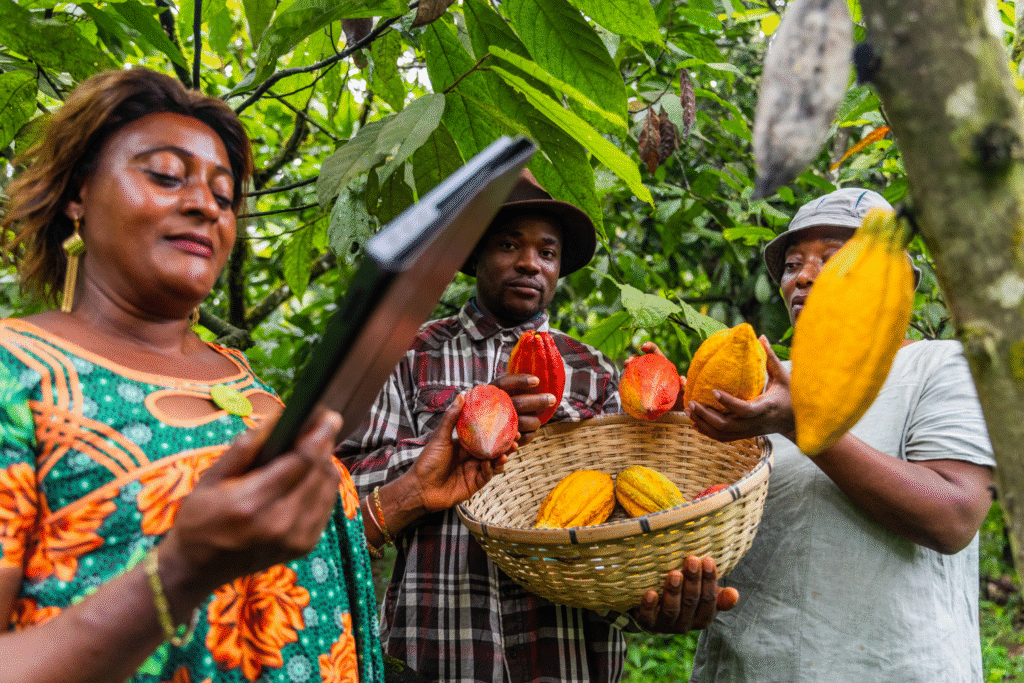
The simple pleasure of chocolate has turned into an expensive indulgence after cocoa prices experienced one of the most dramatic spikes in commodity history. Ghana and Ivory Coast, which produce nearly 60% of the world’s cocoa, endured a devastating heatwave in early 2024 that scientists determined was made 4 degrees Celsius hotter by climate change. Global cocoa prices nearly quadrupled by April 2024, as reported by researchers studying climate-driven food price volatility.
Candy manufacturers are facing impossible choices between absorbing massive cost increases or passing them on to consumers who are already struggling with inflation. Major chocolate companies have started shrinking package sizes, reformulating recipes with less cocoa, and some premium brands have simply disappeared from store shelves as production costs become unsustainable.
3. Olive oil reaches record highs after Mediterranean drought devastates groves.
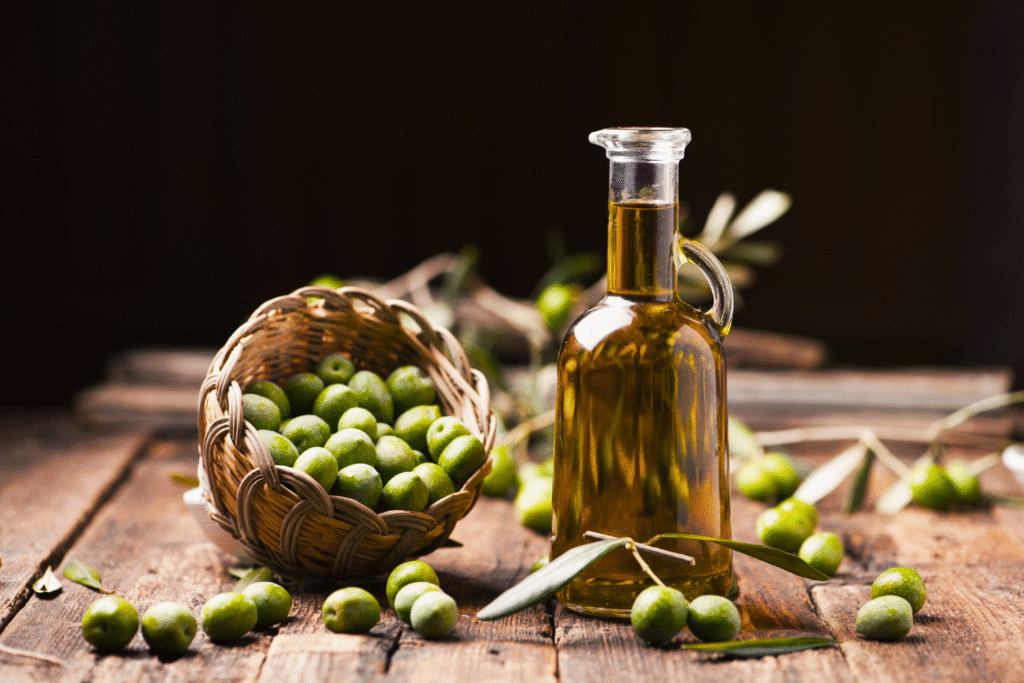
The Mediterranean’s severe drought has transformed olive oil from a kitchen staple into a luxury item, with prices soaring to unprecedented levels. Spain and Italy, which produce the majority of the world’s olive oil, experienced their worst drought in decades during 2022-2023, with reduced soil moisture stunting olive trees during crucial growing seasons. Carbon Brief research shows that olive oil prices increased by 50% year-over-year across the European Union by January 2024, following previous year increases that had already strained consumer budgets.
American grocery stores are seeing the impact as imported olive oil becomes prohibitively expensive for many families. Restaurants are switching to cheaper alternatives, and home cooks are rationing what was once an affordable cooking staple. The crisis has exposed how dependent global food systems are on specific geographic regions that climate change is hitting hardest.
4. Beef prices surge 11% as drought shrinks cattle herds nationwide.
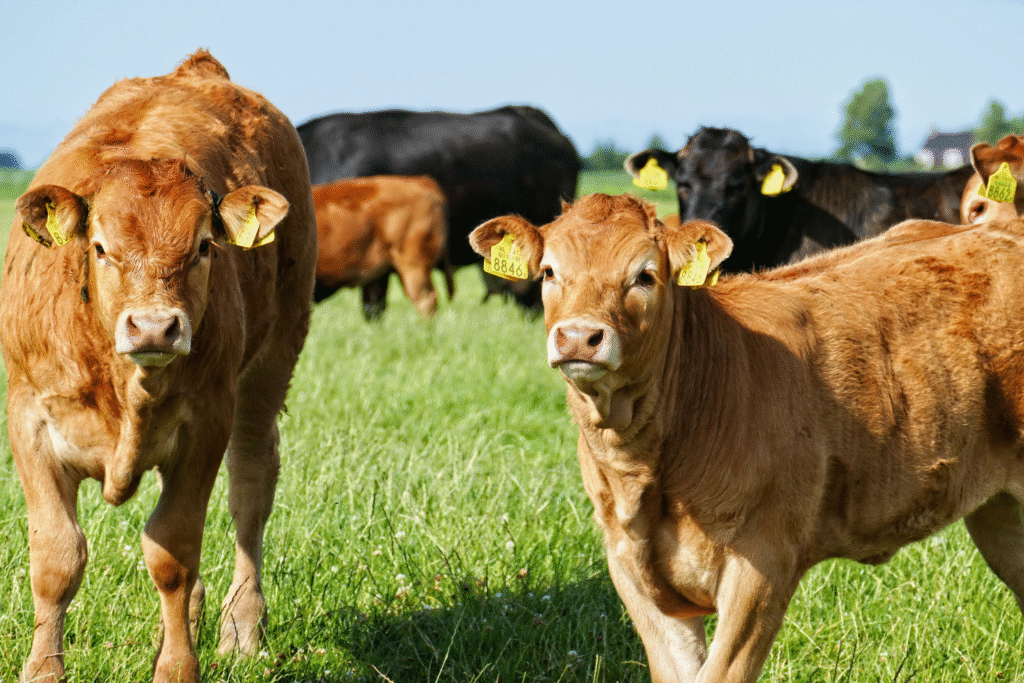
American beef has become significantly more expensive as multi-year droughts in key ranching regions force cattle producers to reduce their herds. The Great Plains drought led to higher feed costs and water shortages that made raising cattle economically unsustainable for many ranchers. Retail beef and veal prices have increased consistently for seven consecutive months, reaching 11.3% higher than the previous year.
The cattle industry is facing a perfect storm of climate-related challenges that go far beyond simple weather patterns. Extreme heat stress reduces cattle fertility and milk production, while drought conditions destroy grazing lands and drive up the cost of supplemental feed. Many smaller ranching operations are selling their herds and leaving the business entirely, reducing long-term meat production capacity.
5. Egg prices remain volatile with 16% increases due to bird flu outbreaks.
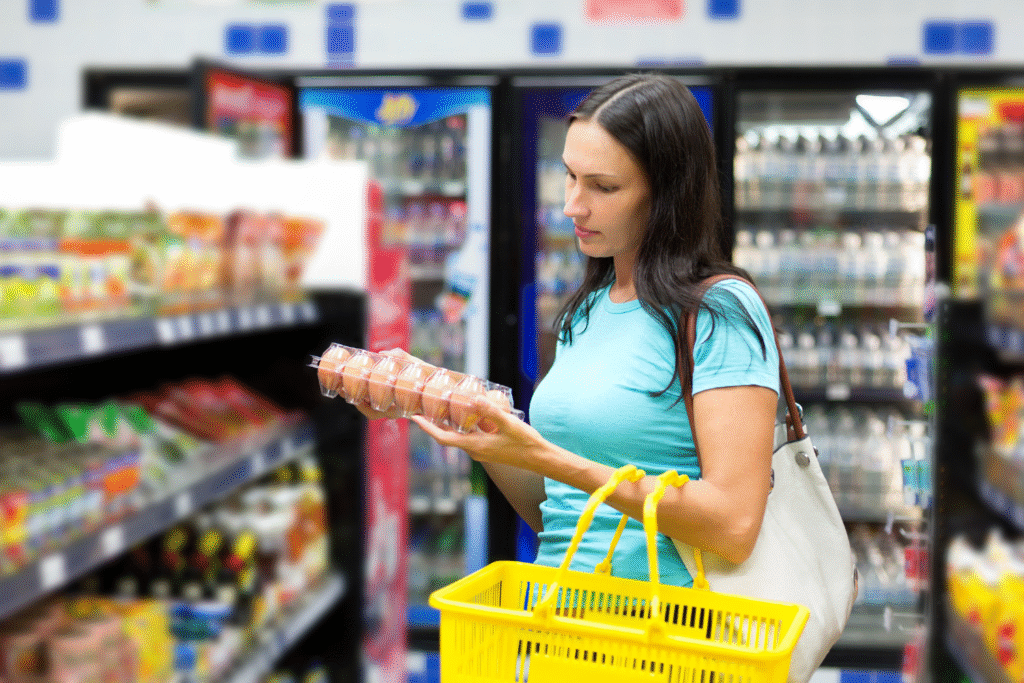
The American egg industry continues struggling with massive price volatility as Highly Pathogenic Avian Influenza wreaks havoc on poultry flocks nationwide. Although egg prices have dropped from their peak levels, they remain 16.4% higher than the previous year, creating ongoing financial stress for families who rely on eggs as an affordable protein source.
Climate change creates conditions that help disease outbreaks spread more rapidly among poultry populations. Warmer temperatures and changing migration patterns for wild birds increase the likelihood of transmitting avian influenza to commercial flocks. When outbreaks occur, entire facilities must be depopulated, removing millions of egg-laying hens from production and creating supply shortages that drive prices through the roof.
6. Fresh vegetable costs fluctuate wildly as weather patterns become unpredictable.

American vegetable production faces unprecedented challenges as extreme weather events make crop planning nearly impossible. California and Florida, which produce most of the nation’s fresh vegetables, have experienced devastating floods, droughts, and temperature swings that destroy crops and disrupt planting schedules. Fresh vegetable prices declined from 2024 highs but remain volatile due to unpredictable growing conditions.
Farmers are struggling to adapt to weather patterns that change dramatically from season to season. Traditional planting schedules no longer work when spring arrives weeks early or late, and irrigation systems designed for historical weather patterns can’t handle extreme rainfall or extended droughts. These production challenges translate directly into higher prices and reduced selection in grocery store produce sections.
7. Rice shortages drive prices up 48% after Asian heatwaves destroy harvests.
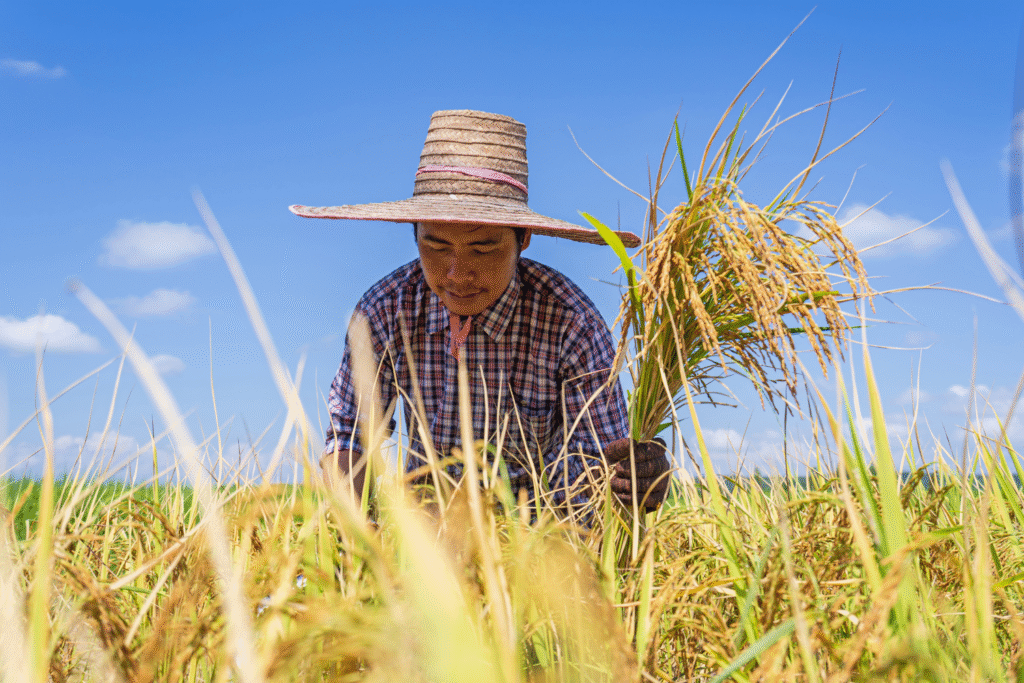
Global rice markets have experienced severe disruption as extreme heat across Asia destroyed crops in major producing regions. Japan, Vietnam, and other key rice exporters faced temperatures that exceeded historical records, causing widespread crop failures that reduced global supply. Rice prices spiked 48% in Japan during September 2024 as domestic production couldn’t meet demand.
The United States imports significant amounts of rice to supplement domestic production, making American consumers vulnerable to global price shocks. Asian restaurants and grocery stores serving immigrant communities have been particularly hard hit, as specialty rice varieties become scarce and prohibitively expensive. The crisis highlights how interconnected global food systems make local consumers vulnerable to weather disasters thousands of miles away.
8. Potato shortages create supply chain chaos after extreme rainfall damages crops.
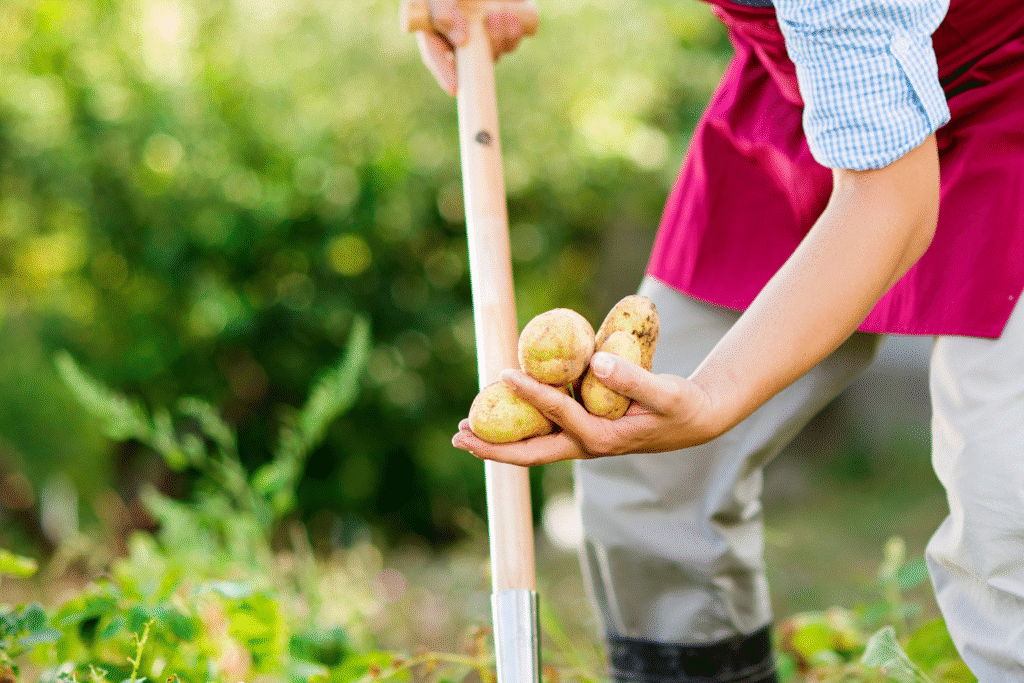
Potato production across multiple regions has faced severe disruption from extreme weather events that have made harvesting impossible. Heavy rainfall and flooding in key growing areas have left fields waterlogged and destroyed root crops before they could reach maturity. British potato prices increased 22% in early 2024 following extreme winter rainfall that scientists determined was made 20% heavier by climate change.
The potato crisis extends far beyond fresh produce, affecting processed foods like french fries, chips, and frozen products that rely on consistent potato supplies. Food manufacturers are scrambling to secure alternative suppliers, often at premium prices that eventually get passed on to consumers. The shortage has also impacted restaurants and food service operations that depend on potatoes as affordable menu staples.
9. Orange juice becomes liquid gold as citrus crops face multiple climate threats.

Orange juice prices have reached extraordinary levels as citrus production faces a devastating combination of extreme weather, disease, and climate-related stresses. Florida’s orange production fell by more than 40% between 2020 and 2024, with Hurricane Ian alone destroying vast swaths of the state’s citrus belt in 2022. The storm carried 10% more rainfall due to climate change, according to rapid attribution analysis.
Brazil, the world’s largest orange producer, is experiencing its worst harvest in 36 years due to a combination of flooding and drought that destroyed entire groves. American consumers are paying record prices for orange juice concentrate, with costs 42% higher than the previous year. Many families are switching to cheaper alternatives or eliminating juice from their grocery budgets entirely as prices become unsustainable.
10. Food inflation compounds economic stress as families adjust buying habits.

American families are making fundamental changes to their eating habits as food inflation outpaces wage growth and strains household budgets. More than half of Americans report feeling stressed about grocery costs, with 53% describing food expenses as a “major” source of financial anxiety. Since December 2019, food prices have risen 29.5% while overall inflation increased 23.9%, creating a disproportionate burden on family budgets.
Consumer behavior is shifting toward survival mode as people buy smaller package sizes, use more coupons, and skip discretionary food items to focus on essentials. Many families are eating more meals at home and reducing restaurant visits, while others are switching to generic brands or eliminating certain foods entirely. Economists warn that these changes indicate broader economic fragility that could worsen if climate-driven food price shocks continue accelerating.
